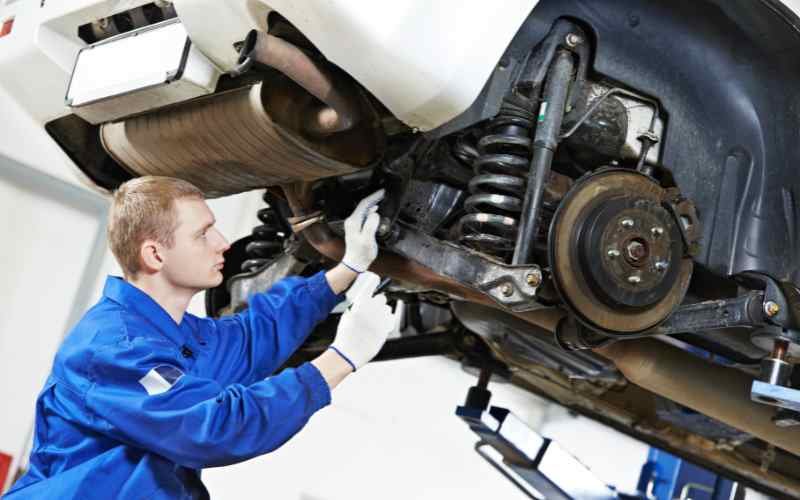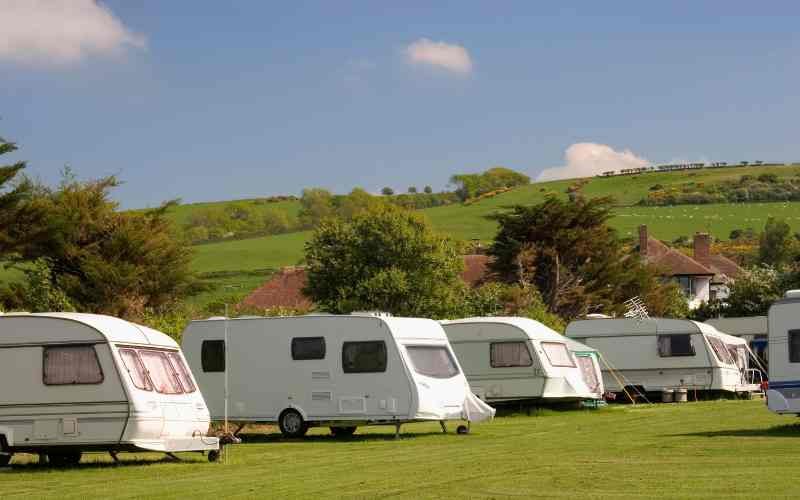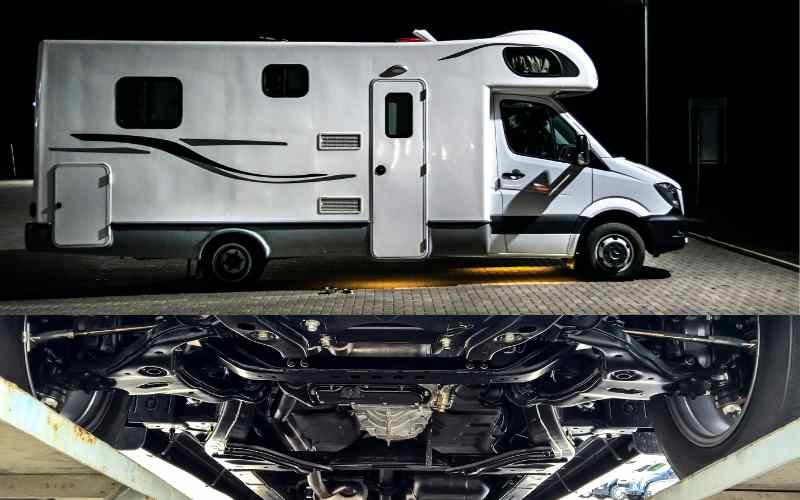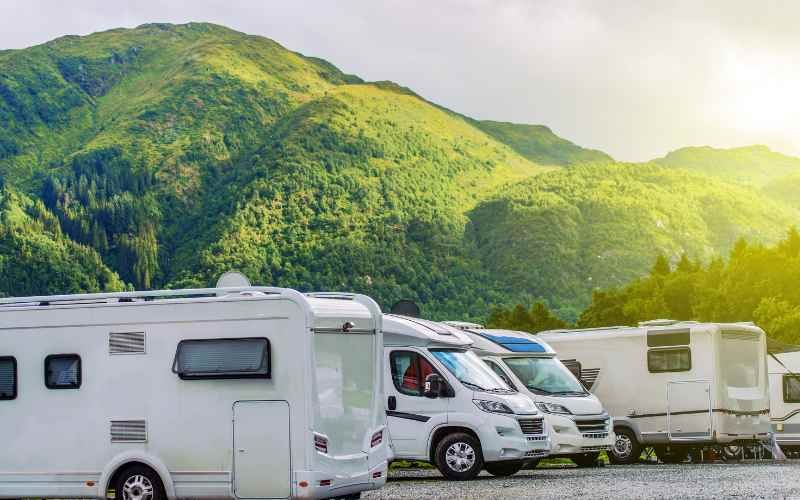Jul 03, 2025
How to Keep Your Caravan Roof in Good Condition
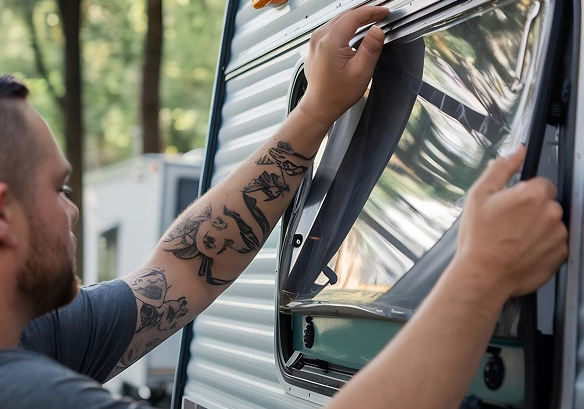
The roof of your caravan is more than just a cover; it's your first line of defence from the rain, sun, wind, and anything else that Australia's unpredictable weather throws at you. And in a city like Melbourne, where the weather can change four times in one day, not taking care of your caravan roof is not only dangerous but also costly.
At KJ Caravan Repairs, we've seen it happen. When you can't see or think about your RV roof, small problems can quickly turn into big ones, like cracked seals, concealed leaks, and soft spots. But the good news is? It's not hard to keep the roof of your caravan in good shape. It's all about taking care of things before they break, checking them regularly, and understanding when to do it yourself and when to call in the experts.
This blog has everything you need to safeguard your investment from the top down, whether you're storing your van for a long time, getting ready for a road trip, or already seeing signs of deterioration.
Why Roof Maintenance Matters More Than You Think
The roofs of caravans and RVs are always in the weather. Heavy rain, UV radiation, tree debris, and bird droppings all have an effect. Even little holes in your sealant or membrane can cause water damage, mould growth, and expensive repairs inside your home over time. And here's a brutal truth: you can't see most roof leaks until it's too late. If you see water stains inside your caravan, it's likely that the inside structure has already been damaged. Taking care of your roof regularly isn't just about cleaning it. It's about making sure every journey is secure, dry, and worry-free, as well as maintaining your caravan and making it last longer.Signs Your Caravan Roof Needs Attention
Do you doubt that your roof is in good condition? Here are a few indicators that you should take action:- Soft patches or water stains on the car's interior
- The roof sealant is cracking or flaking
- Mould, moss, or algae growth that can be seen
- Roof surface that is bubbling or warping
- The ceiling smells musty
- Water pooling after it rains (poor drainage)
Safe Cleaning Techniques for Caravan Roofs
If you clean your caravan roof in the wrong manner, it could do more harm than good. This is how to do it right:Choose the Right Day
Don't clean while it's really hot or in direct sunshine. Cloudy days are the best since they keep soap from drying too soon and let you rinse more thoroughly.Use the Right Tools You'll Need:
Use Proper Equipment
You'll need:- A soft-bristled brush or broom
- A telescopic pole (so you’re not climbing)
- A non-slip ladder with stabilisers (if climbing is essential)
- Mild detergent or RV-specific roof cleaner
- Hose with a gentle spray nozzle
Skip the Pressure Washer
It may seem like pressure washing is a good idea, but it can break sealant, hurt roof membranes, and push water into seams.Rinse Thoroughly
Soap that is left behind invites dirt. Always rinse well and let the roof dry fully before checking for damage or putting on any protective coat.Sealing, Resealing, and Waterproofing
The weather in Melbourne can break down your sealant faster than you think. That's why it's very important to reseal every one to two years, especially for older vehicles. Key Areas to Check:- Roof vents
- Skylights
- TV antenna bases
- Air conditioning units
- Solar panel mounts
When to Call a Professional
Some jobs are easy to do yourself. Other people? Not really. Call a pro when:- When you see leaks that keep happening after resealing
- The roof has soft places or drooping that you can see
- You think there is water damage inside
- Your van's roof has to be replaced or patched up a lot
- You don't know how to clean or seal safely
Extend Roof Life With These Quick Tips
Use this list to keep your trailer roof in great shape all year long:- Check every three to six months
- At least twice a year, clean
- Every year, reseal the joints
- Put it away or use a trailer cover that lets air in
- Don't walk on the roof unless it has been fortified in some way
- Look for pooling or delayed drainage after a lot of rain
- To further protect against UV radiation, consider using roof coatings





